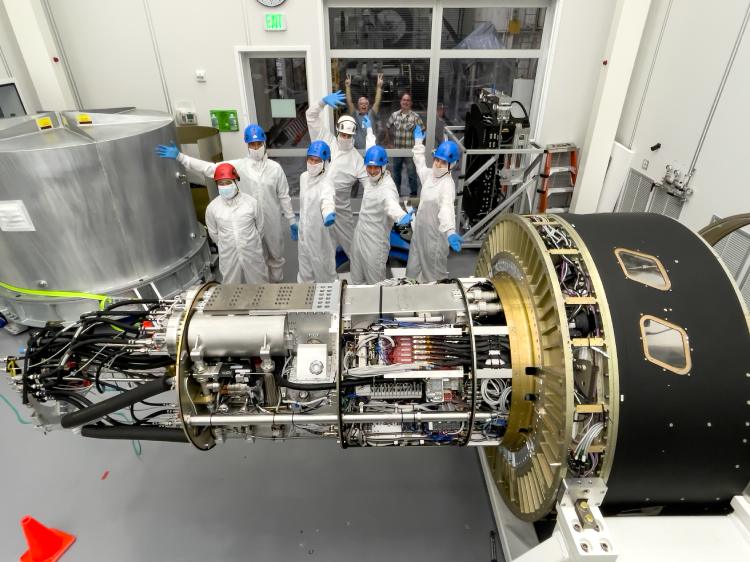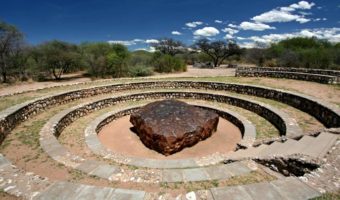The World’s Largest Digital Camera with 3200 Megapixels
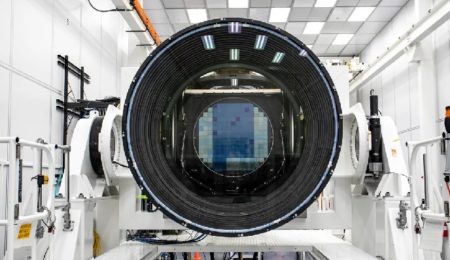
Have you ever been drawn to the exploration of the vastness of the cosmos? Our gaze into the endless space only deepens further with each technological progress, exposing new wonders while bettering our awareness of the celestial bodies. Soon, we are going to witness a new era in astronomical research, thanks to the development of the Legacy Survey of Space and Time (LSST) Camera. It is regarded as the most powerful imaging instrument ever developed in human history. Let’s find out what went on behind the making of the world’s largest digital camera and its transformative impact on astronomical research.
Table of Contents
Engineers Began Building the Nearly Car-Sized Camera in 2015
The Vera C. Rubin Observatory, located in Chile and formerly known as the “Large Synoptic Survey Telescope,” is a huge deal in astronomy. It is financed by the National Science Foundation (NSF) and the Department of Energy (DOE). Currently under construction, this observatory is a high-priority project for ground-based astronomy. It features the Simonyi Survey Telescope, which is going to thoroughly survey the visible sky in optical light for over ten years, from 2024.
The project called the “Legacy Survey of Space and Time” (LSST) is basically a high-quality survey of the sky that is expected to generate a substantial 500-petabyte set of images and research data. This collection will allow scientists to study essential questions about the makeup and development of the universe over time.
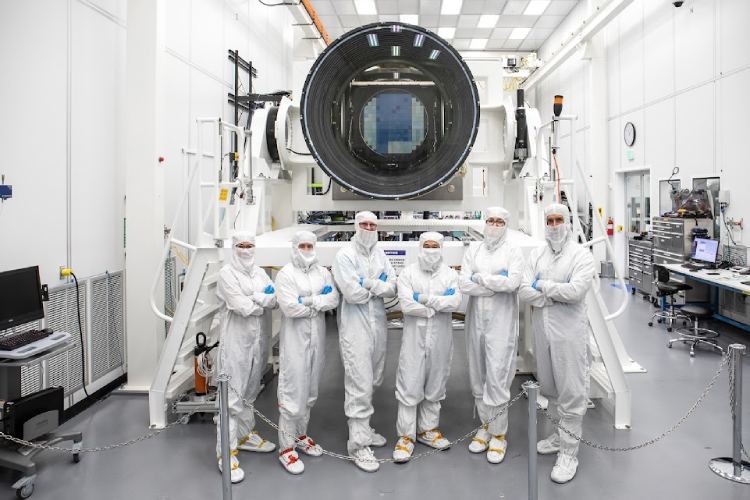
One of the groundbreaking components of the telescope is the LSST Camera, which has been being built from scratch since 2015 under the guidance of the SLAC National Accelerator Laboratory. As the observatory’s deputy director and the camera program’s leader, SLAC Professor Aaron Roodman is a crucial player in the project.
The Rubin Observatory LSST Camera holds the Guinness World Record for the largest digital camera. The SLAC National Accelerator Laboratory in Palo Alto, California, revealed the massive camera on October 26, 2022, and it will be installed on the observatory’s Simonyi Survey Telescope in 2024.
The World’s Largest Digital Camera Has as many Pixels as 266 iPhones
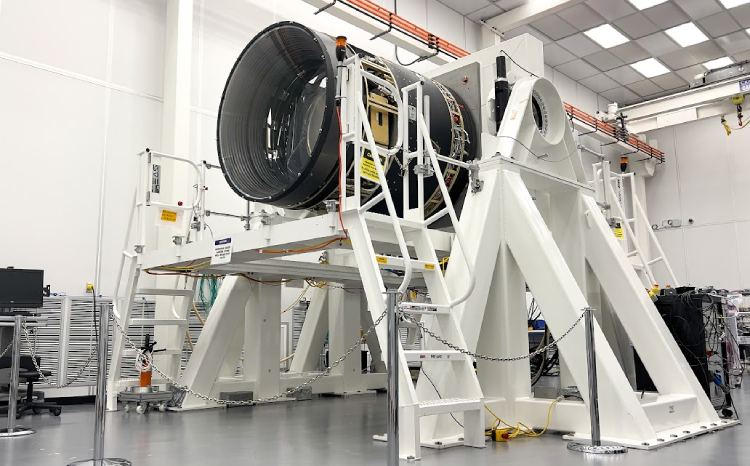
The LSST Camera weighs in at a whopping 6,200 pounds! The massive optical imager aims to conduct wide-field examinations, catching light at wavelengths ranging from near ultraviolet to near-infrared. Its extensive field of view provides detailed imaging of astronomical objects.
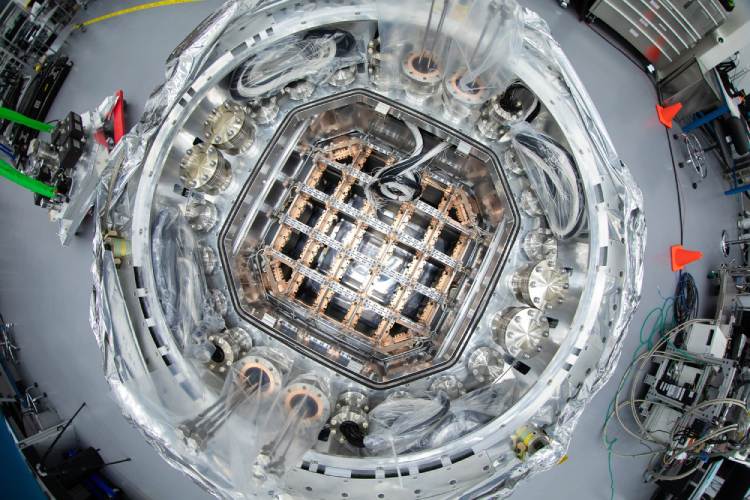
It has a focal plane (a flat surface inside a camera where light rays meet to generate a focused image) with 189 sensors that have been meticulously organized. The cutting-edge camera performs optimally at -100 °C, which helps minimize the image noise.
The plethora of sensors, totaling around 3.2 gigapixels, capture data with extraordinary precision! It has a carousel, i.e., a rotating mechanism, with five onboard filters. Astronomers can also change the filters swiftly in under two minutes.
The revolutionary camera has the potential to offer extremely high-quality astronomical data while minimizing downtime and maintenance requirements.
The World’s Largest Digital Camera Will Help Astrologers Document About 20 Billion Galaxies in the Coming Decade.
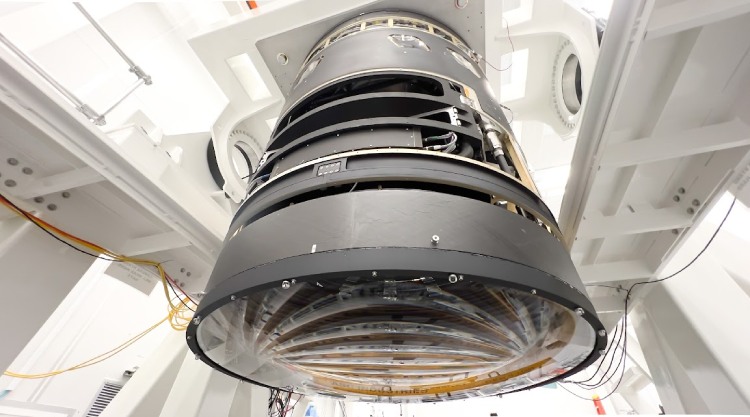
The sky contains many moving objects like asteroids, comets, and stars that change their positions over time as the Earth orbits the sun. The brightness of stars also changes for different reasons, like regular fluctuations or events like novae and supernovae. By regularly capturing images of the night sky using the powerful LSST Camera, astronomers can monitor these movements. They can also monitor the changes in brightness of the sky. It will be revealing phenomena that might otherwise remain hidden.
The LSST camera also aims to study dark energy and dark matter. Dark energy makes the universe expand faster, but it is still mysterious. Dark matter makes up 85% of the universe but is hard to detect since it is invisible.
The observatory expects to capture billions of galaxies by venturing into uncharted cosmic areas using its 189 sensors. By providing unique insights into the cosmos with its unparalleled photographic capabilities, the LSST Camera is going to be a game changer!














